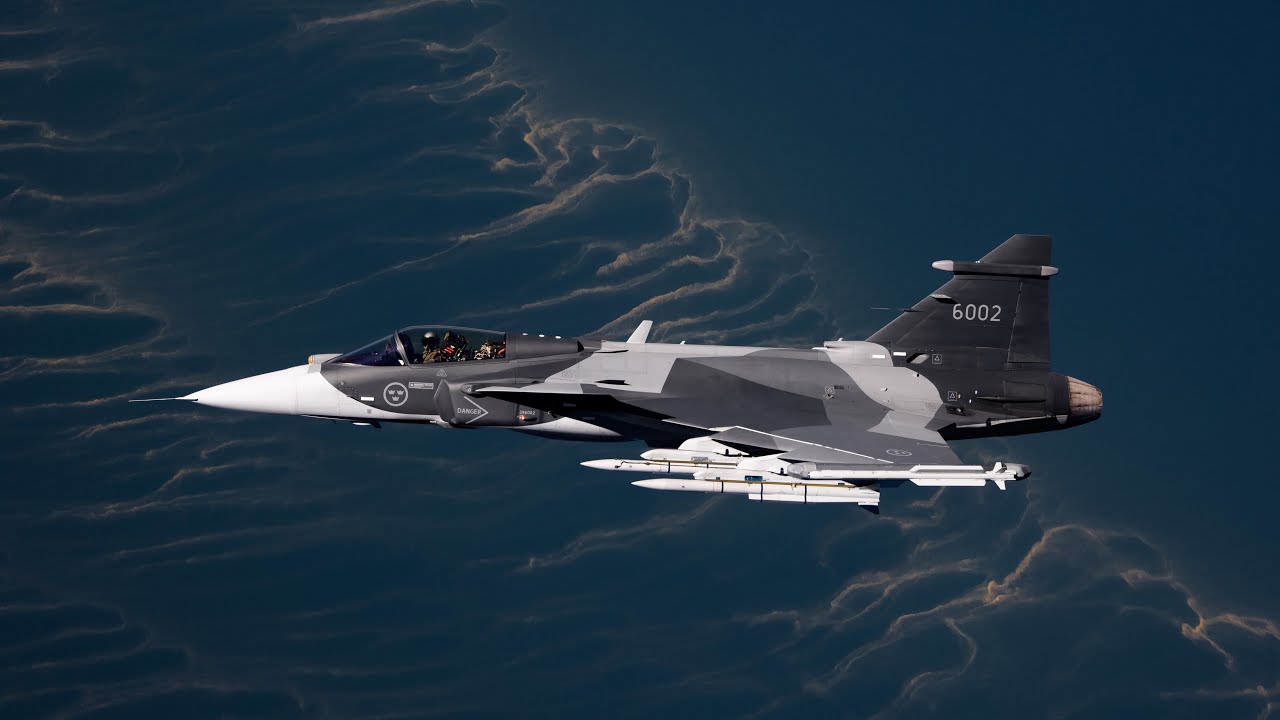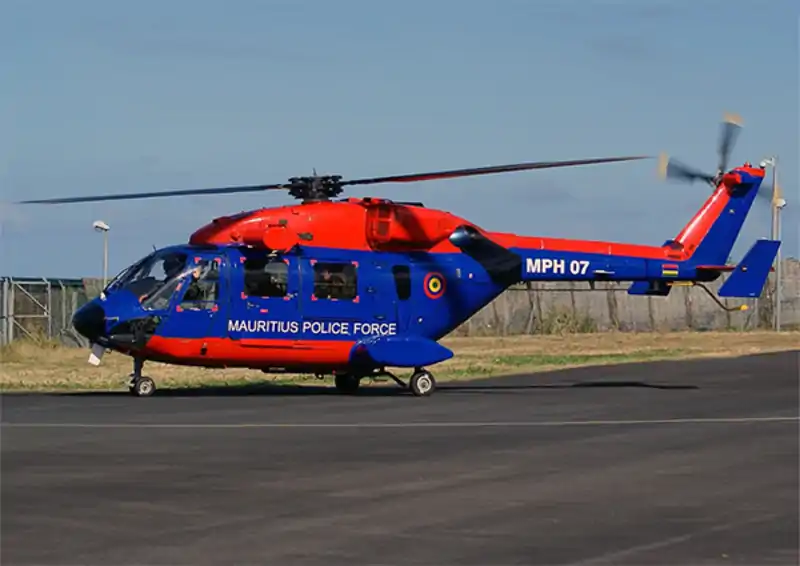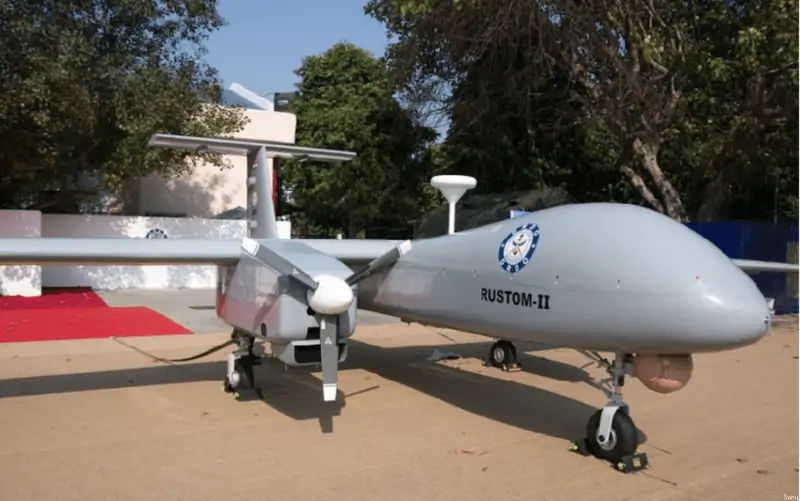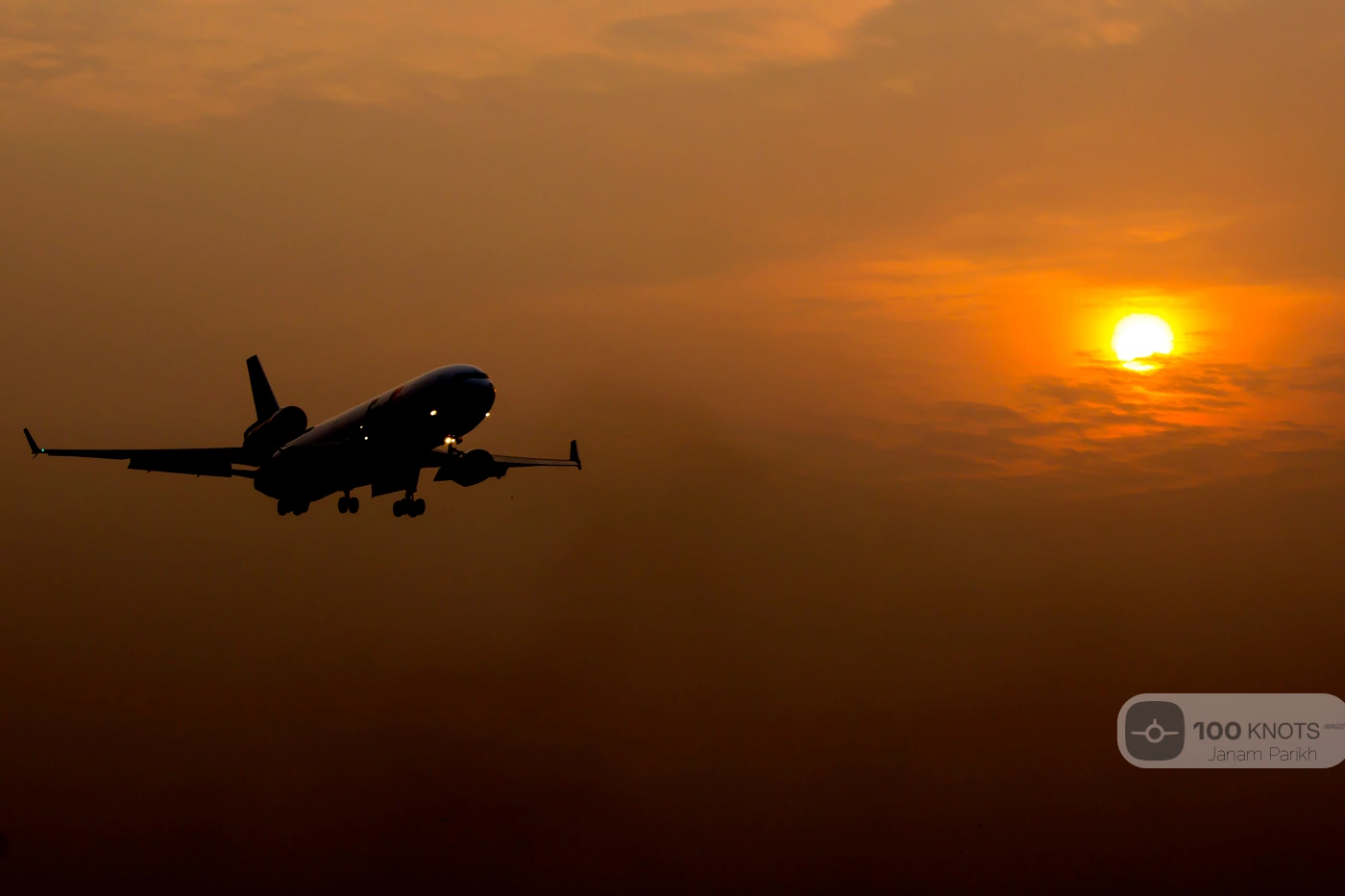Delhi Police have traced two Kenyan IP addresses in connection with a case of cheating lodged by an IndiGo Airlines employee alleging that a person posing as the CEO of the company asked employees to buy free gift cards on Amazon, officers said.
The police stated that IndiGo officials received calls and messages on WhatsApp from someone who posed as their CEO and asked them to purchase Google gift cards from Amazon.
DCP (IFSO) Prashant Gautam said, “After analysing the call detail records of the mobile number from which the calls were made, and from further technical surveillance, we have traced the accused’s location to Kenya and will now write to their government and to WhatsApp and Google to provide further information regarding the accused.”
‘Boss scam’ casts its web wide; Scammers impersonate IndiGo CEO
In the FIR, lodged by Delhi Police’s Intelligence Fusion and Strategic Operations (IFSO) unit on February 8, the complainant, an employee of the company, stated: “It is to report that our office bearers of IndiGo are receiving mischievous and misleading calls from a mobile number…the person using this mobile is impersonating as Chief Executive Officer of IndiGo, Mr Pieter Elbers”.
A case under IPC section 419 (punishment for cheating by personation) and 420 (cheating and dishonestly inducing delivery of property) was lodged soon.
What is a "Boss Scam"?
The crime, called a “boss scam,” has become rampant in the corporate world, with many company employees receiving an unexpected text or email from their bosses asking them to purchase gift cards. Many of the targets are senior executives engaged in the procurement processes or are associated with payments or accounts and they fall prey to the scammers.
A police officer explained, “Typically, the message to employees says that gift cards will be used for some purpose within the company, such as for employee incentives or client appreciation. The scammer, pretending to be a top executive or the targets’ manager, may claim to be out of town, in a conference call or a meeting and that is why they need the employees to purchase for them urgently.”
While the specifics of the scams vary, the fraudsters generally follow a common pattern of connecting with a victim via phone and email or on chat platforms and social media and creating a sense of emergency or urgency. They avoid voice calls and communicate only through messages.
“Once the victim seems vulnerable or greets the conman as the boss, the crooks instruct the victim to purchase gift cards online. The scammers then demand or instruct the victim to email the claim code of the gift card by phone, text message or email, after which they disappear.” Cyber cops and experts warn against these crimes and advise full verification of the communicator’s identity before making any payments.
As an officer said, “One should not provide any gift card details (such as the claim code) to someone claiming an emergency. Once a claim code is provided to a scammer, the funds will likely be spent before the victim can contact law enforcement agencies or the e-commerce site.” The cops caution that legitimate transactions don’t generally require a person to pay specifically with gift cards. “If the communicator insists, be sure it’s a scam,” the officer said.
“At times, the crooks also tell victims that they have been granted a loan, won a lottery and have to share a gift card to claim it.” In case one receives such instruction, cyber experts recommend immediately contacting the boss or other seniors using a phone number or email that one knows is theirs. “Always be suspicious of anyone who contacts you and demands money. The crooks even spoof numbers, so checking double is imperative to avoid being duped,” said the officer.
(With Inputs from The Indian Express and The Times of India)
Read next
Saab to pitch Gripen E Fighter jets to the Indian government at Aero India
Radhika Bansal
13 Feb 2023

The Swedish aerospace and defence company Saab will use the Aero India platform to pitch its most advanced fighter aircraft in the Gripen series, the Gripen E to the Indian government.
"Saab will demonstrate the cutting edge technologies that make Gripen E the world’s most modern multi-role fighter aircraft. A full scale replica of Gripen E and a Gripen E cockpit simulator will bring alive the gamechanging capabilities of the aircraft", said the company in a statement.
Mats Palmberg, the CMD of Saab told CNBC-TV18 that, Saab has sold the Gripen E to the Swedish and Brazilian Air Force and is offering it to India now.
"It has high degree of adaptability and will fit very well with the current fleet of aircraft that India has", he added.
Saab and Adani Group mutually agreed not to renew their MoU on making fighter jets in India in 2019. Palmberg told CNBC TV18 that Saab remains open about a tie up with an Indian partner and full technology transfer. "Future collaboration with an Indian partner on making fighter jets in India will depend on the kind of acquisition model the Indian government comes up. We remain in touch with all three forces", he said.
Saab is developing a twin engine version of the Gripen E with a longer air frame and has pitched the two seater fighter in response to the Indian governments request for information.
Palmberg confirmed that that Saab was scouting for a location to make the cutting edge Carl Gustaf M4 rifles and is likely to begin production in India by 2024. He added that Saab has been importing machine parts, sub assemblies and harnesses from India.
The company also recently announced that it will start the production of Carl Gustaf weapon system in India in 2024, and will soon finalise the location for its manufacturing facility.
Aero India 2023, the biennial air show and aviation exhibition, is set to take place from February 13-17. It will be held at the Bengaluru’s Yelahanka Air Force Station, which has hosted it since 1996. The show will be inaugurated by Prime Minister Narendra Modi. This year, over 730 exhibitors from India and across the world will participate in the event.
The five-day event will combine a major trade exhibition of the aerospace and defence industries and an aerial display by the Indian Air Force.
Besides global leaders and big investors in the aerospace industry, there will also be participation by think tanks from across the world.
A total of 737 exhibitors have registered so far to participate in the event. Of the 737 exhibitors, 643 are Indian exhibitors, while 94 are from 30 foreign countries, as per the Aero India website.
The Aero India event aims to provide a unique opportunity for the exchange of information, ideas, and developments in the aviation industry. It would further the cause of Make in India and give a fillip to the domestic aviation industry.
In 2021, the event participation was affected due to the COVID-19 pandemic. In the event, delegates from over 55 countries and more than 540 exhibitors had participated.
Read next
HAL Q3 net profit jumps 24% YoY to INR 1155 cr; 84K crore aircraft orders pending
Radhika Bansal
13 Feb 2023
Hindustan Aeronautics (HAL) reported a 23.8% rise in consolidated net profit to INR 1,155.19 crore in Q3 FY23 as compared to INR 933.40 crore posted in Q3 FY22. Shares of Hindustan Aeronautics Ltd were trading 2.22% lower at INR 2,379.70 apiece on BSE during late deals on Thursday, February 9.
Revenue from operations was at INR 5,665.54 crore in Q3 FY23, down 3.9% from INR 5,893.82 crore recorded in the same period a year ago. Consolidated profit before tax declined 2.7% to INR 1,212.94 crore in the quarter ended 31 December 2022 as against INR 1,247.19 crore reported in Q3 FY22.
EBITDA or Earnings Before Interest, Taxes, Depreciation and Amortization dropped 31% to INR 985.5 crore in Q3FY23 as against INR 1,428.5 cr YoY, with a margin of 17.4%. Total expenses of the aerospace company rose 2% to INR 4,951 crore for the quarter under review. This was INR 4,840 crore in the corresponding quarter of last year.
HAL Q3 net profit jumps 24% YoY to INR 1155 cr; 84K crore aircraft orders pending
HAL is engaged in carrying out the design, development, manufacture, repair and overhaul of aircraft, helicopters, engines and related systems like avionics, instruments and accessories primarily serving the Indian defence programmes. As of 31 December 2022, the Government of India held a 75.15% stake in the company.
Shares of Hindustan Aeronautics were up 0.49% to INR 2,426.55 on the BSE.
84K crore orders pending, 55K crore coming up
In the wake of Prime Minister Narendra Modi's recent assertion that the state-owned Hindustan Aeronautics Limited has a huge number of orders for aircraft and choppers, the chairman of the PSU said that the state-owned entity has pending orders worth INR 84,000, while orders worth INR 55,000 were in the pipeline.
"Our order book position is comfortable, it stands at around INR 84,000 crore. We have been generating revenues of INR 25,000 crores which has shown a growth of 8%. We have sufficient contracts to be executed. Almost INR 84,000 crore of orders are pending. Another INR 55000 crore orders are in the pipeline, likely to materialize in the next six months to one year. So, all in all, we will have a healthy order book. Our capacity is 30 helicopters per annum. We will try to ramp it up to 60 helicopters. If demand is at its peak, then we can take it to 90 helicopters."
CB Ananthakrishnan, CMD, Hindustan Aeronautics Limited (HAL)
ALSO READ - HAL getting enquiries from various countries for helicopter orders
He further said sanction for the LCA (Light Combat Aircraft) Mark II, has come and that the Defence Research and Development Organisation (DRDO) and HAL will together be able to roll out the first LCA Mark II sometime in the year 2024-25.
While talking about HAL's Advanced Medium Combat Aircraft (AMCA) project, the HAL chief stated, "We are also a design partner in building prototypes in this project. In another five to six years, the product should be available. The execution timeframe is starting from February 2024. We are confident that we will be able to deliver the first aircraft in February 2024."
ALSO READ - PM Narendra Modi inaugurates the HAL helicopter factory in Karnataka
Prime Minister Modi had while inaugurating a HAL helicopter factory in Karnataka's Tumakuru recently lashed out at the Opposition for spreading "misinformation" about Hindustan Aeronautics Limited (HAL) in the past. PM Modi also recalled earlier Parliamentary sessions that were disrupted by the Opposition over the demand for a Joint Parliamentary Committee probe into the Rafale deal.
"Tumakuru has got a big helicopter factory today. Karnataka is a land of young talent and innovation. The world is seeing the manufacturing power of Karnataka from drone manufacturing to Tejas fighter planes. The double-engine government has made Karnataka the first choice of investors. The inauguration of the helicopter factory is an example of how the double-engine government works," PM Modi said.
The prime minister also said that the HAL facility will generate business worth over INR 4 lakh crore in the coming years and will supply a variety of helicopters to the armed forces.
Read next
Hindustan Aeronautics Limited (HAL) has handed over the Advanced Light Helicopter (ALH) Mark-3 to the Republic of Mauritius ahead of schedule. The delivery was made in the presence of the Indian External Affairs Minister, Dr. S. Jaishankar, and the Prime Minister of Mauritius, Pravind Kumar Jugnauth.
The ALH Mark-3 is an indigenously developed helicopter, built by HAL in India. The helicopter is designed to operate in a wide range of environments, from the hot and humid conditions of the tropics to the cold and dry conditions of the mountains.
The delivery of the helicopter to Mauritius is part of India's effort to strengthen ties with its neighbouring countries and to promote regional cooperation. The helicopter will be used for a variety of purposes, including search and rescue, medical evacuation, and disaster relief.
https://twitter.com/HALHQBLR/status/1623997925679583232
The ALH Mark-3 is equipped with a variety of advanced features, including a glass cockpit, a powerful engine, and advanced avionics. The helicopter is capable of flying at high altitudes and can operate in a wide range of weather conditions.
The delivery of the ALH Mark-3 to Mauritius ahead of schedule is a testament to HAL's commitment to quality and timely delivery. It also highlights India's growing capabilities in the field of aerospace and defence.
The handover of the helicopter was welcomed by the Prime Minister of Mauritius, who expressed his appreciation for India's continued support and cooperation. He also highlighted the importance of the helicopter in enhancing the capabilities of the Mauritian armed forces and in promoting regional security.
In conclusion, the delivery of the ALH Mark-3 to Mauritius ahead of schedule is a significant milestone for both India and Mauritius. It demonstrates the growing partnership between the two countries and highlights the important role that aerospace and defence can play in promoting regional cooperation and stability.
HAL's timely delivery of the helicopter is a testament to its capabilities and its commitment to quality, and it is sure to enhance the capabilities of the Mauritian armed forces.
Also read - LCA Mark 1A expected to be out by February 2024
Read next
India’s first indigenous advanced unmanned aerial vehicle (UAV) for strategic reconnaissance and surveillance will be launched next week. By June-July, a second indigenous weaponised drone is also expected to conduct its first flight test, according to a report by The Times of India.
The DRDO-developed Tapas-BH (tactical aerial platform for advanced surveillance-beyond horizon) drone will stream live the aerial and static exhibition of several aircraft during the Aero-India show in Bengaluru. So far, over 180 flights have been recorded on Tapas-BH.
“Tapas-BH will showcase its capabilities, which include operating at altitudes up to 28,000 feet, with an endurance of over 18 hours. The medium-altitude long-endurance (MALE) is DRDO’s solution for ISTAR (intelligence, surveillance, target acquisition and reconnaissance) requirements of the Army, IAF and Navy,” a defence ministry official said on February 9.
According to sources cited by the report, the smart anti-airfield weapon (SAAW) and anti-tank guided missile-capable Archer-NG (next generation) armed drone would undergo its first flight test between June and July. The Rustom-2 drone, also known as Tapas-BH, has a 20.6-metre wing span, a top speed of 225 kmph, and “a commanding range” of 1,000 km via satellite-based communication.
“The UAV, also capable of night-flying, is now getting ready for formal user-trial evaluation by the armed forces. It can thereafter go for production in large numbers by Hindustan Aeronautics (HAL), Bharat Electronics (BEL) and others,” a source said.
Recent conflicts, such as those between Armenia and Azerbaijan and the present Russia-Ukraine conflict, have highlighted the operational utility of drones and AI-enabled drone swarms.
However, India has fallen far behind other nations in the development of cutting-edge UAVs and had to resort to acquiring huge quantities of Heron and Searcher-II drones from Israel over the years. Additionally, the country is also leasing two unarmed MQ-9B Sea Guardian drones for the Navy from the US-based defence equipment manufacturer General Atomics.
Advanced indigenous drones will be much cheaper. The Tapas-BH, which currently flies with a foreign engine, costs around INR 40-45 crore with all its mission sensors. “The indigenous UAV engine is also now ready and in an advanced stage of evaluation. Importantly, an indigenous advanced ground control station can operate six to seven home-grown UAVs. The Archer-NG, with several more hard-points for weapons carriage, also draws a lot in design from the Tapas-BH,” he added.
Incidentally, Pakistan has received armed Wing Loong-II and Cai Hong-4 drones from China. India, too, has a long-standing agreement with the US to buy armed MQ-9B Predator drones. However, the hefty cost of the proposed deal — USD 3 billion (INR 24,000 crore) for 30 drones — has caused a change of heart about bringing the amount down to 18.
(With Inputs from The Times of India)
Read next
The earthquakes in Turkey and Syria left thousands of damaged buildings in their wake and astonished the world. An airport runway in Turkey's Hatay province was shown being torn in half by the earthquakes in a video that appeared online after the 7.8 magnitude earthquake.
Airport runway in Turkey's Hatay province
The shock waves from an earthquake affected the runway. But can it affect a plane flying above it, far high in the sky? Intuitively, no! It can appear absurd to even ask a question like this at first but consider this:
The components of the Earth we interact with are made up of more than rock; they also include massive oceans and a layer of gas 1,000 kilometers above the crust. Why shouldn't the atmosphere be affected by earthquakes in the same way as tsunamis on the bottom agitate the water above it?
Seismic waves released by earthquakes include Pressure Waves (P Waves) and Shear Waves (S Waves). S Waves cannot pass through liquids or gases; thus, when P Waves leave a solid object, like the crust, and enter the atmosphere, they manifest as Sound Waves. P Waves, however, often register below the 20-hertz hearing threshold. Infrasound is the term used by scientists to refer to waves in this range.
Most of the time, when individuals "hear" an earthquake, they don't hear any seismic waves. Instead, they can hear the sound made when seismic waves pass through solid objects, like a building and its contents rumbling.
Seismic Waves after an Earthquake are not heard. The waves pass through buildings and create rumble.
These sounds and the infrasound waves we just stated would not be audible from an airplane in the air. The waves gradually lose energy as they pass through the air due to a process known as “Attenuation”. The same explanation explains why the sound of the engine of an airplane is soft from across the airport and louder when at the runway. Attenuation is also why sunlight's intensity decreases when it must pass through ocean or atmospheric layers.
Therefore, even if seismic waves were to reach the standard cruising height of 30,000 feet, their strength would be so attenuated as a result of traveling through rock and air that the noise and motion of the airplane itself would be too great to drown out the waves. You wouldn't hear the earthquake from the aircraft and certainly wouldn't feel it.
Thus, even technically, an earthquake would not affect the flying plane. Although an Airline and US Air Force Pilot Ron Wagner encountered a different experience.
He remembered doing a night flight from one air force installation in Washington to another in Arkansas while piloting an aircraft.
It was nighttime, with a cloud ceiling of roughly 3000 feet. The cockpit windows appear to have been painted black in those conditions. As the Pilot spoke to approach control and was being vectored by them, they could see nothing but darkness inside the clouds.
They abruptly emerged from the cloud base. It was completely clear below them, and they could see lights for miles, including the base's rotating beacon and runway lights. They turned towards the runway after reporting to approach control that they could see the airport and had been given permission for a visual approach.
Then, he claimed, everything went pitch black once more, just as swiftly as the lights had appeared. They called approach to let them know they had lost visibility and wanted to continue vectors since they believed they had flown back into a cloud. But there was no reply from the tower.
They then verified their position using their navigational instruments but soon realized their flags were red, indicating that the ground signal had been lost. When their transponder stopped blinking, they realized they were no longer being radar-painted. There was no response from the approach, even after multiple calls.
And just then, a "very excited controller" called the plane as they were ready to change frequencies.
“They’d just had a big earthquake, which knocked out all power,” Mr. Wagner said. “He asked us to orbit visually on our own while they got things up and running again. That was the scary part because we saw nothing but black.”
According to Mr. Wagner, there is a chance that a tall antenna in the plane's path won't be visible since its lights won't be on because of the power loss. Although the radar wasn't back yet, the controller assured him that "we were in the clear at our altitude" because "he knew the area well, and we were in the clear at our altitude.”
“We continued to orbit — seeing nothing else in the whole world but the red glow from our flight instruments,” Mr. Wagner continued.
“Finally the runway lights came back on. The controller then told us to continue to orbit while they sent some trucks down the runway to check for cracks. We were told the runway was fine a few minutes later, so we finally went in visually and landed.”
Earthquakes won't directly affect a flying plane above it
Therefore, earthquakes can affect pilots in the same way they affect everyone on the ground and by extension, the plane and everyone else on it.
But would you experience or hear an earthquake from a plane flying ten kilometers above it? No, you wouldn't likely notice anything.
With Inputs from: Forbes







Comment